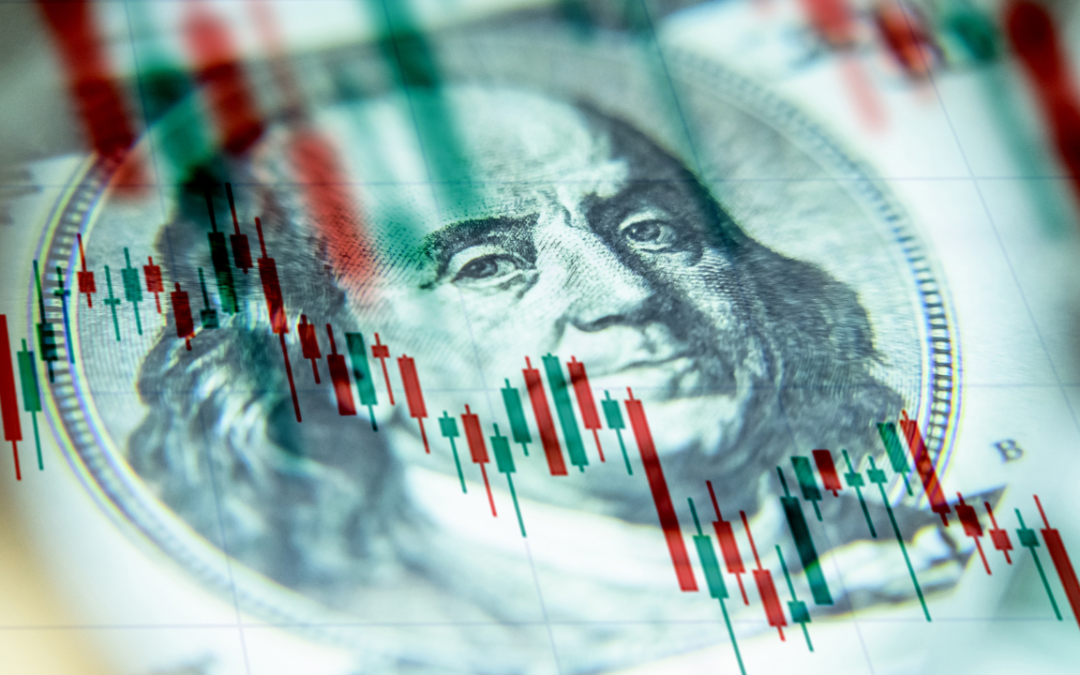Few issues in economics more befuddle and divide the profession than figuring out what determines exchange rates. Back when floating exchange rates clumsily emerged following the collapse of the Bretton Woods System (early 1970s), a supremely confident economics profession produced a plethora of papers, theories and empirical models purporting to explain currency movements. Some work focused on relative valuations (e.g., purchasing power parity), others relative interest rates, and others external balances as the drivers of exchange rates. Others attempted to combine all three factors (fundamental equilibrium exchange rates). Models became increasingly elaborate as economists tried to explain oddities, such as the tendency for exchange rates to overshoot what their model said was ‘fair value’.
From the sidelines, market ‘technicians’ smirked about the dreadful results economists delivered when explaining historical currency shifts, to say nothing about forecasts. Their smirks became frowns when their own efforts to explain and prognosticate exchange rates by using waves, patterns, support and resistance levels and much else proved just as hopeless.
While some economists remain committed to the puzzle, it would not be a gross exaggeration to say that the profession pretty much gave up, proffering the default option that currencies follow a ‘random walk’. That itself seems an inglorious retreat, insofar other asset prices remain fair game for theories and models that don’t end up supporting random walk outcomes.
I spent many hours and a lot of course work in graduate school exploring the mysteries of exchange rates, to the point of writing a dissertation that my supervising committee somehow accepted. I surely didn’t break the currency code, but when I finished I was more than ready to admit that, when it came to exchange rate determination, I knew vastly more about what didn’t work than what did.
That said, I wasn’t so scarred by the experience that I avoided offering a few insights and even ventured some forecasts.
Which brings me to today’s topic: Are the US dollar’s days numbered?
The question arises because the dollar has slipped over the past month in the world’s foreign exchange markets. To be sure, the recent moves aren’t very large. Since mid-June the dollar has dipped 1.6% against a broad basket of currencies, and a bit more than 2.0% against the euro and has turned in a mixed performance against various emerging currencies. That said, the dollar is trading near two-year lows against the euro and has fallen some 7.5% against the European single currency since mid-March.
Something appears to be going on, but what is it? Conventional models appear stymied. Despite aggressive Fed easing, interest differentials remain positive for the dollar. Recession has resulted in a massive decline in US imports and, helpfully, the US external deficit has been contracting as share of US GDP since 2016. Nor are expected inflation differentials changing much between the US and Europe.
Rather, clues for recent dollar depreciation answer reside in prospective relative GDP growth rates and in relative asset returns.
For example, there can be little doubt that the economic outlook for the remainder of 2020 and perhaps for 2021 depends on pandemic control. The US, sadly, appears to have all-but lost control. It is certainly not showing the persistent curve flattening in evidence across much of Europe and Asia. Can it be a coincidence that the dollar most recently began to sag from mid-June, when US Covid-19 cases began to mushroom?
Before long the dollar may also suffer from shifting return expectations, particularly in global equity markets. US corporate profitability, which is largely to thank for the ten-year US bull market, is now challenged. The share of profits in GDP—a good proxy for corporate profit margins—has been falling for several years. A Democratic ‘clean sweep’ in November, which the lasts polls suggest looks increasingly likely, would result in higher corporate income taxes and a hit to after-tax corporate profits. Covid-19 related economic weakness would hurt company earnings as well. Meanwhile, more sustainable economic re-opening in Europe or Asia ought to boost their corporate earnings.
If the US relinquishes global equity market leadership, the dollar is likely to sag as well.
Finally, the much-vaunted US economic model, with its free market ideology, flexible labor force and robust financial sector, may well have also crested. Challenges are arriving fast and furious, posing fundamental questions about equality of outcome and opportunity in an economy that is increasingly seen as ‘winner take all’, overly reliant on debt, unsustainable environmentally and incapable of delivering broad-based gains in productivity and living standards. If the US political economy shifts further away from unfettered capitalism, doubts about its ability to consistently deliver above average returns will erode the dollar’s long term attractiveness in the world’s foreign exchange markets.
Currencies are funny things—unless you are trying to forecast them. They may well be unpredictable in the short run, but over time their fundamental value reflects the fundamental strengths or weaknesses of the issuing country. The dollar has long been king—perhaps, as some wags might have it, in the land of the one-eyed—but its reign hasn’t looked this suspect in a long time. The days of dollar strength look numbered.



